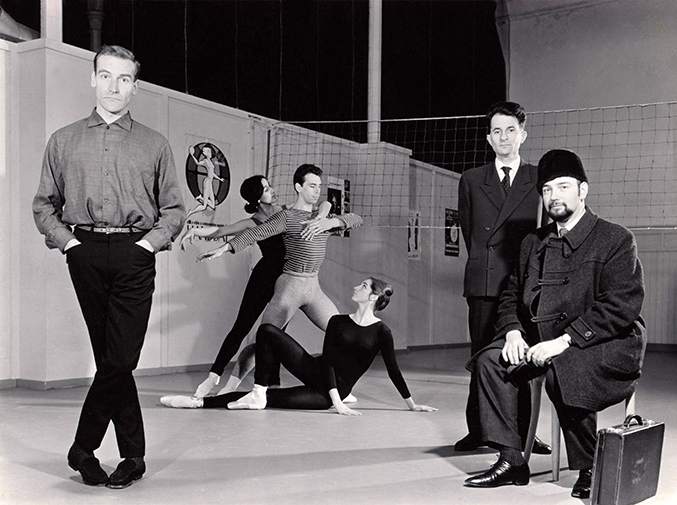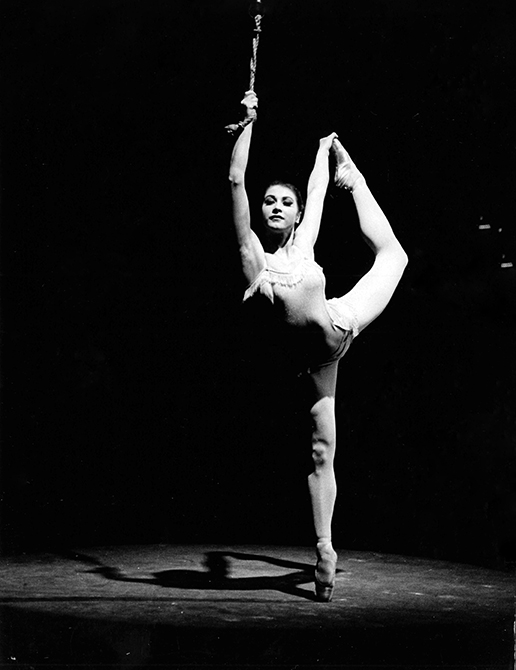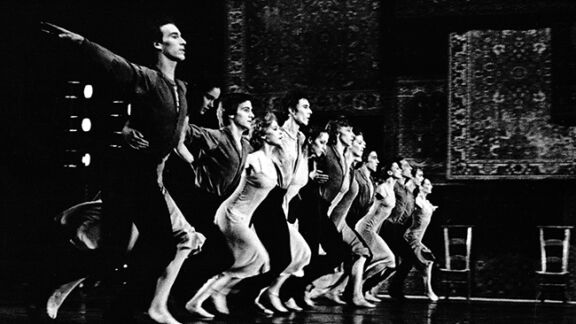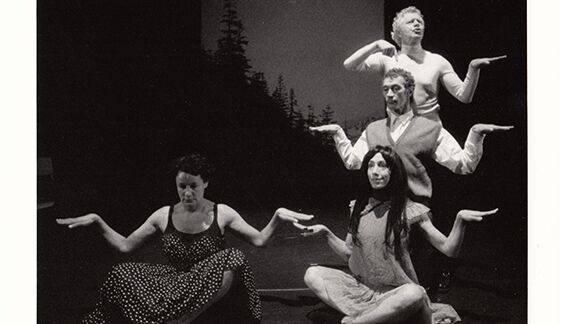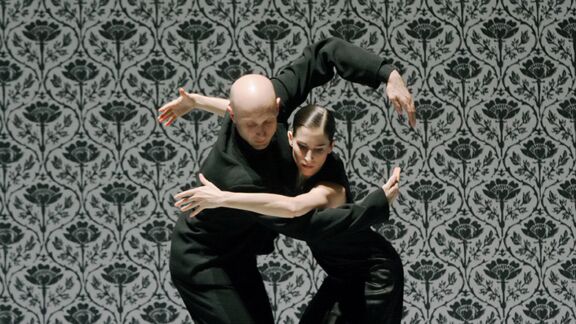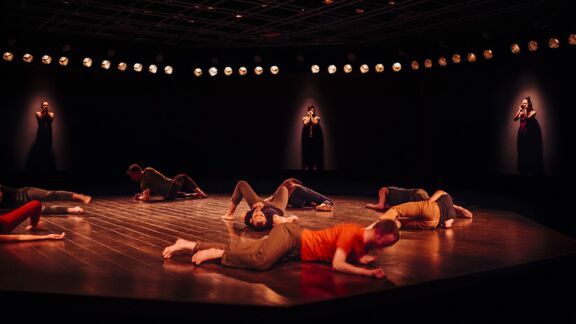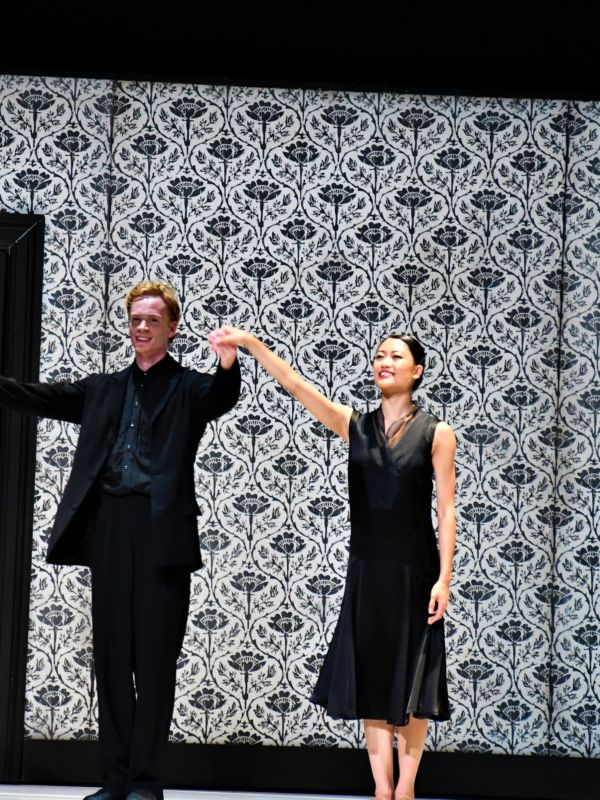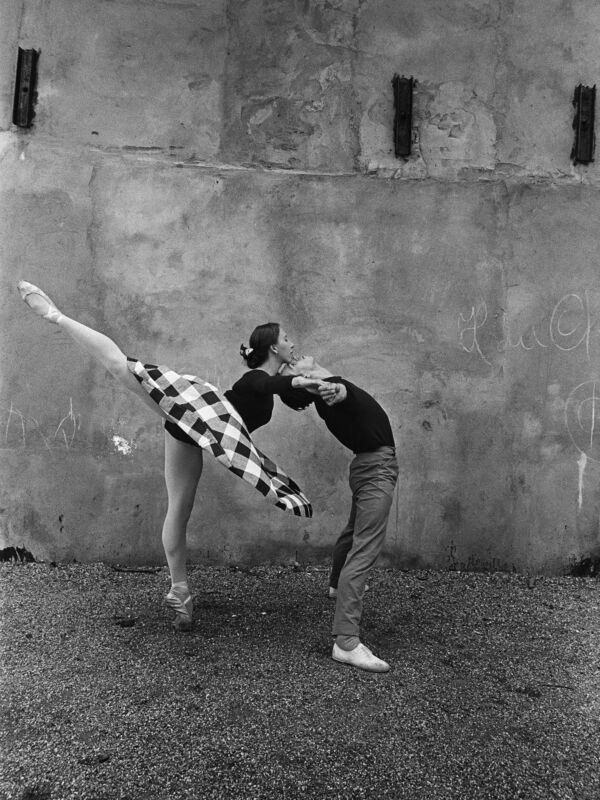NDT is celebrating its sixtieth anniversary this season 2019/2020. This is the ultimate moment for the company to reflect on its humble beginnings, rich past and impressive present and future. On this page we present a selection from our (digital) archive on Google Arts & Culture. Want to see more? Visit the online archive!
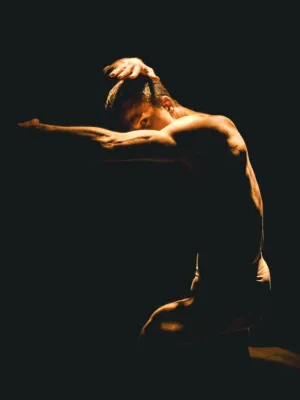
Figures in Extinction
NDT 1 tours internationally with Figures in Extinction, our coproduction with Complicité.
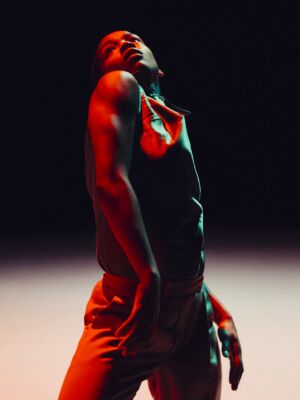
Discover the new season!
In season 2025-2026 we bring you bold, thought-provoking contemporary dance at its finest, featuring acclaimed artists from all over the world. Ticket sales for the performances in Amare, The Hague start Thursday April 10 at 12PM.

